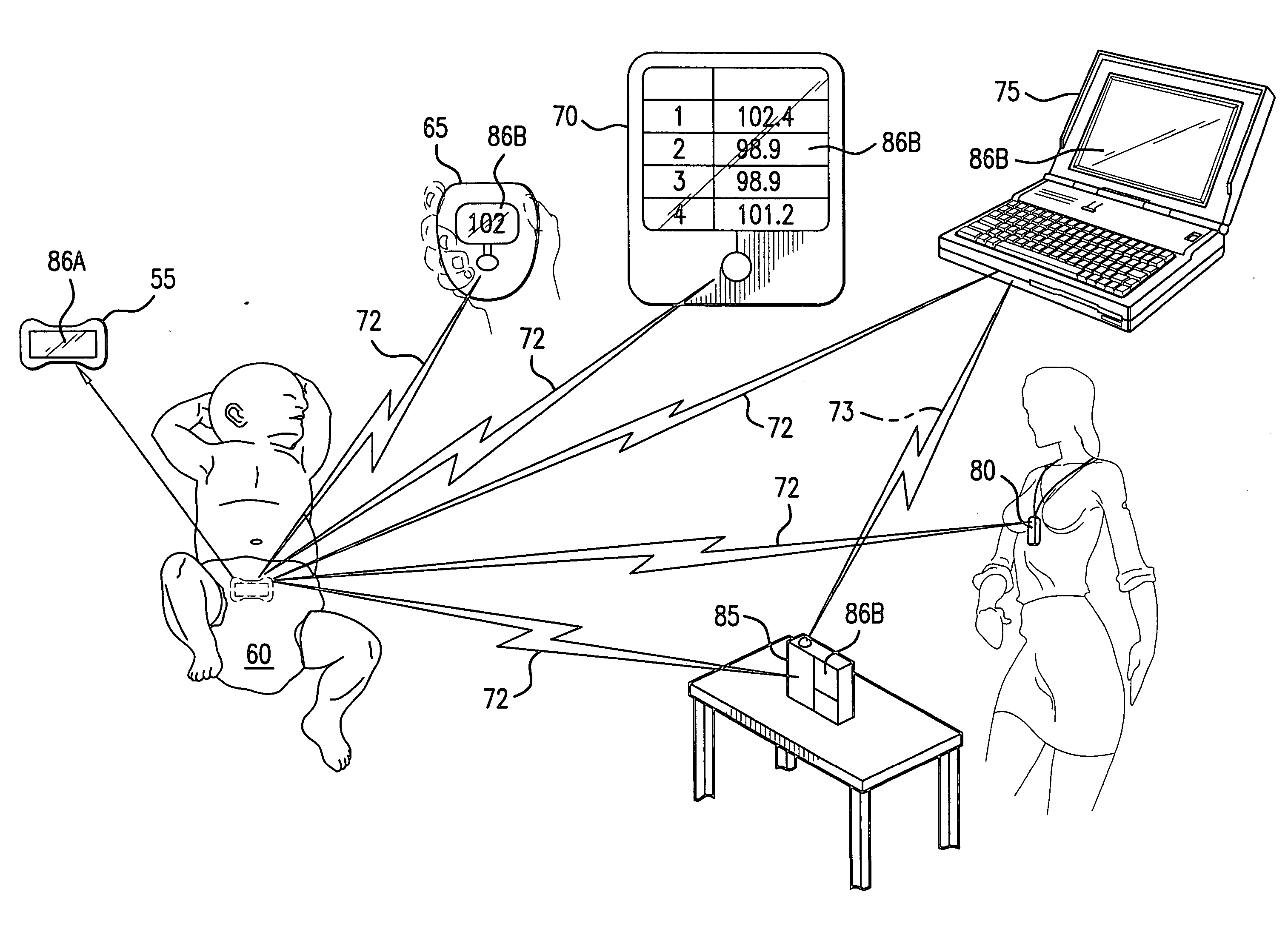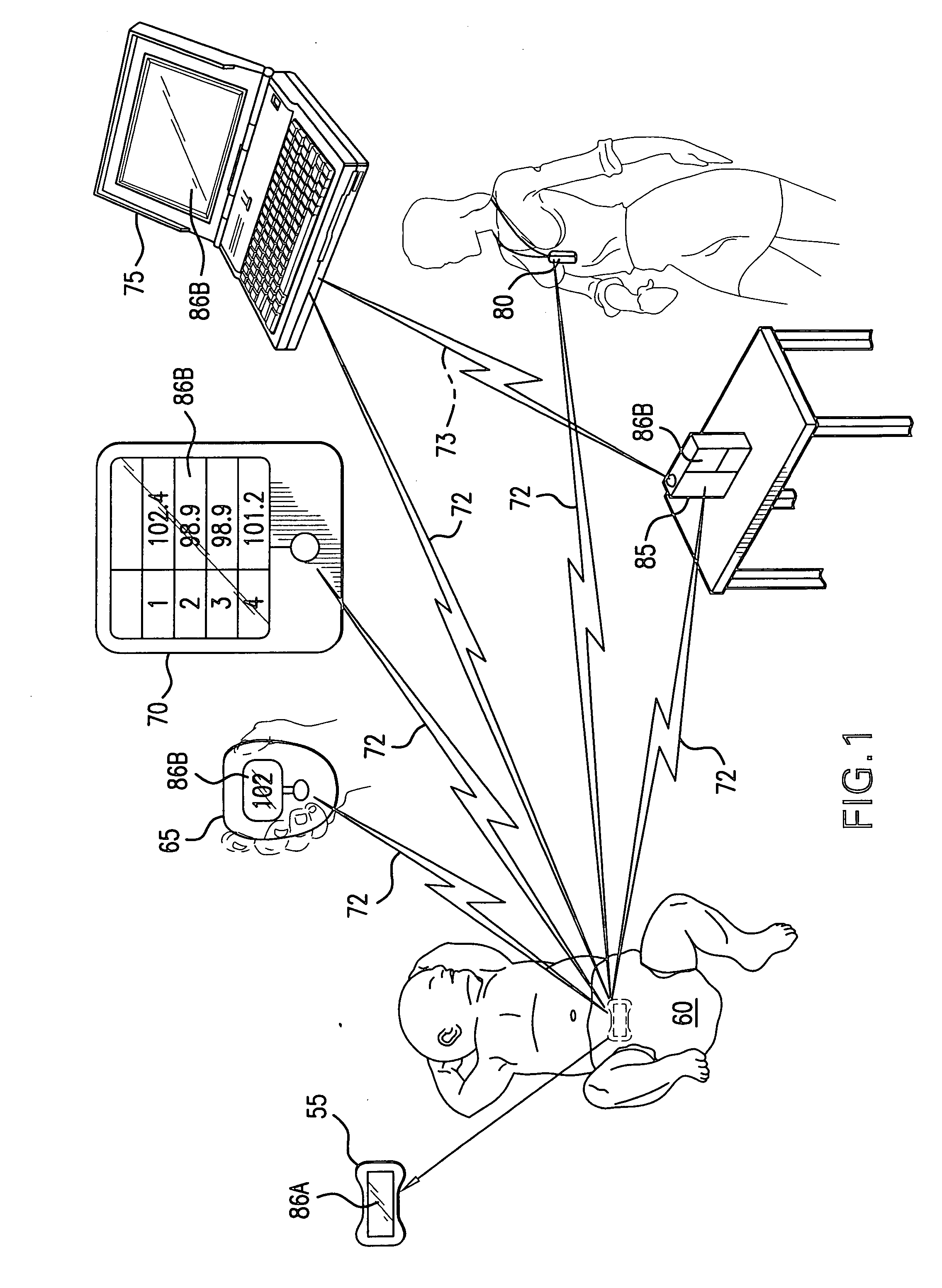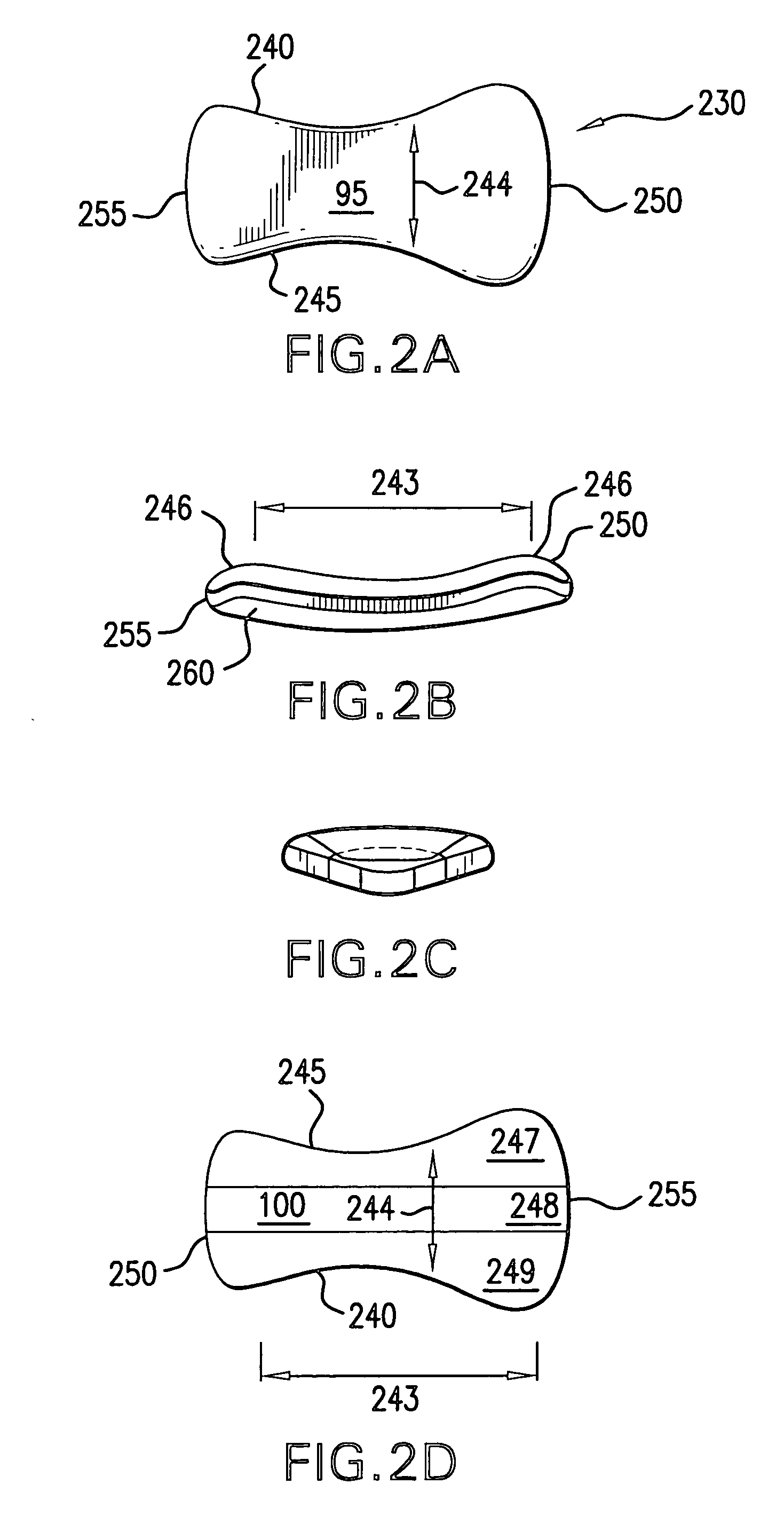An abnormally elevated body temperature occurs when an individual is in a febrile state and can result in denaturation which is a process that causes
irreversible loss of
protein function, ultimately leading to
cell death.
An abnormally
low body temperature causes an individual to be in a hypothermic state which can affect and impair the rate at which chemical reactions in the body take place and possible lead to respiratory or circulatory failure.
Additionally, an elevated body temperature can result in a febrile seizure, which is a brief
convulsion that occurs repeatedly in association with a fever in infants and children particularly.
Although a febrile seizure does not typically result in long-term or permanent damage to the individual, there is an associated risk of bodily injury, as with any type of seizure.
Measurement at this particular location would require
pulmonary artery catheterization, which is not appropriate under most circumstances due to the invasive nature of such a procedure.
However, the
temperature measurement at any of these sites is not true core body temperature and therefore has an associated error or variance from that core body temperature, depending on the location.
However, when this metabolic equilibrium is affected by ambient temperature, a
hypothalamus set-point for body temperature related reactions may be triggered resulting in decreased
blood flow to areas of the body.
The error or variance is also affected in large part by environmental conditions.
Further, each site has error variables unique to that site that influence the measurement result.
However, the activity of an individual, including coughing, drinking, eating, and talking, can lower the detected temperature of the individual and produce an erroneous result.
The axillary site can be adversely affected by ambient temperature in that an exceptionally cool or
warm environment will produce an erroneous result.
Further, the shape of the armpit affects the result because a hollow armpit is less insulated and provides increased
exposure to ambient temperature of the environment.
This is particularly important when measuring the temperature of infants, as they tend to move around, which causes additional error in the measurement.
It is, however, the most uncomfortable location for measurement.
Although rectal temperature measurements are more accurate, the measurement process has associated disadvantages.
This particular method poses a risk of injury to the individual because the
insertion of the temperature probe into the
rectum may cause perforation of the delicate tissues, in addition to the risk of infections and other illnesses
stemming from lack of
hygiene relating to the
measurement device and / or its use.
To measure the temperature at the tympanic membrane, however, a long thin
thermocouple probe has to be inserted into the ear causing a great deal of discomfort to the individual.
The
thermocouple probe must contact or at least remain close to the very delicate tympanic membrane which entails a cooperation of the individual and a risk of injury.
The most accurate devices and methodologies for temperature measurement are, unfortunately, the most invasive and include
pulmonary artery / thermal
dilution catheters, esophageal temperature probes and indwelling bladder and rectal temperature probes.
However, because these methods are invasive and impractical, other devices have been developed to more conveniently measure the temperature of an individual, even on a static basis.
The glass mercury or expanding liquid
thermometer has been used to measure temperature for many years, however the accuracy of this device is questionable, in part because its accuracy significantly depends on the time at which it is properly located and the reader properly interpreting the scale.
This accuracy deficiency is partially due to the limited number of locations for measurement while using the device, which include oral, axillary and rectal.
Studies have revealed that glass
mercury thermometers demonstrate errors on the order of 0.5° C. or 0.9° F. at normal body temperature and errors of greater magnitude when an individual is febrile.
In addition, accidental breakage and disposal is cause for concern when using a glass mercury
thermometer.
When liquid mercury is spilled, it forms droplets that emit vapors into the air which are odorless, colorless and toxic.
Because mercury is poisonous and hard to
clean up if spilled, these thermometers are less common today and have actually been banned in some locations.
Also, there is no ability of the device to obtain and
record a history of the temperatures of an individual because only individual serial measurements are recorded on this simple measuring device.
Continued long-term temperature measurement which is not continuous can be troublesome to the ill individual who must be awake for each measurement.
However, this particular type of
thermometer strip has been found to be imprecise, inaccurate, inconsistent and yields frequent false-positive results.
These efforts can also be counterproductive.
The natural and reflexive sucking action of the infant, however, causes the
signal from this device to be noisy and inaccurate.
These improvements have therefore been directed toward ease of use issue but little has been accomplished in terms of increasing accuracy and consistency completely apart from technique and
user error.
In most, if not all circumstances, these devices are entirely impractical as continuous temperature monitors for ergonomic, safety, convenience and
data retention reasons.
The limitation is that this is entirely event driven and must be properly anticipated, in the proper location, and must be able to detect the peak temperature to
record the measurement before cooling or heating up.
The main
disadvantage of an
infrared thermometer is that the device is highly dependant on the operator's technique.
It can be difficult to get a consistently accurate reading without a consistent method of use.
Also, the cleanliness of the
infrared lens can significantly
impact the results of measurement.
Further,
infrared thermometers typically do not account for the effects of ambient temperature on the
skin temperature measurement of the individual.
In most cases, there is also the traditional
trade off between cost and accuracy.
Disposability, however, necessitates a firm cost ceiling for any product, which in turn limits the ability of the device to provide more than the most limited functionality.
Exterior skin has traditionally not been considered an appropriate location for temperature measurement, even when measurement is taken near a surface
artery.
This is, in part, because
skin temperature measurements suffer from significant
noise from
peripheral shutdown, skin insulation, activity and environmental and internal (hydration) convolutions.
The thirty minute
delay in accounting for the ambient
room temperature can be life-threatening when monitoring a febrile individual.
Pompeii suffers from the deficiencies described above with respect to infrared thermometers, generally, including technique and lens quality.
In addition, Pompeii's calculation does not use a direct measurement of ambient temperature.
However, the
detector may be either cooler or warmer than the surrounding ambient environment, affecting the accuracy of the result of the calculation.
Although Fraden accounts for ambient temperature, the device is not adapted to measure ambient temperature which is an important factor in calculating an accurate measurement of
skin surface temperature.
Although the
blood flow to the area is increased so that
skin temperature can be more accurately measured, ambient temperature still has an effect on the
skin temperature, and the result of the calculation is in conflict with the true core body temperature of the individual.
If wear of the device is not consistent in that the insulation is removed and changed during the charting of reference temperatures, the effect of the ambient temperature may not be a consistent result with respect to skin temperature.
If the amount of insulation varies between the placement of the sensor device on the body, the accuracy of the user created chart is affected.
Ward mentions that ambient temperature affects the skin temperature measurements of an individual but does not provide a means to measure or a method to account for ambient temperature.
However, although the device comprises a skin temperature sensor, it does not provide a mechanism to measure ambient temperature.
Further, Dogre Cuevas does not contemplate ambient temperature as having an effect on skin temperature.
However, the serial temperature measuring devices are not very helpful in monitoring the normal body temperature of an individual for quick identification of an abnormal temperature unless monitoring is done manually by the user or caregiver.
Further, the current temperature measurement devices that provide
continuous measurement provide less than accurate results because the devices fail to account for conditions that affect skin temperature, including activity, personal
physiology and diaper conditions for both infants and adults.
Therefore, what is lacking in the art is a continuous temperature measurement monitoring device that promotes long term wear and provides an accurate measurement of the actual core body temperature of an individual.
Additionally, what is lacking is a multisensor device which may utilize additional environmental and physiological parameters to increase the accuracy of the temperature output.
 Login to View More
Login to View More 


